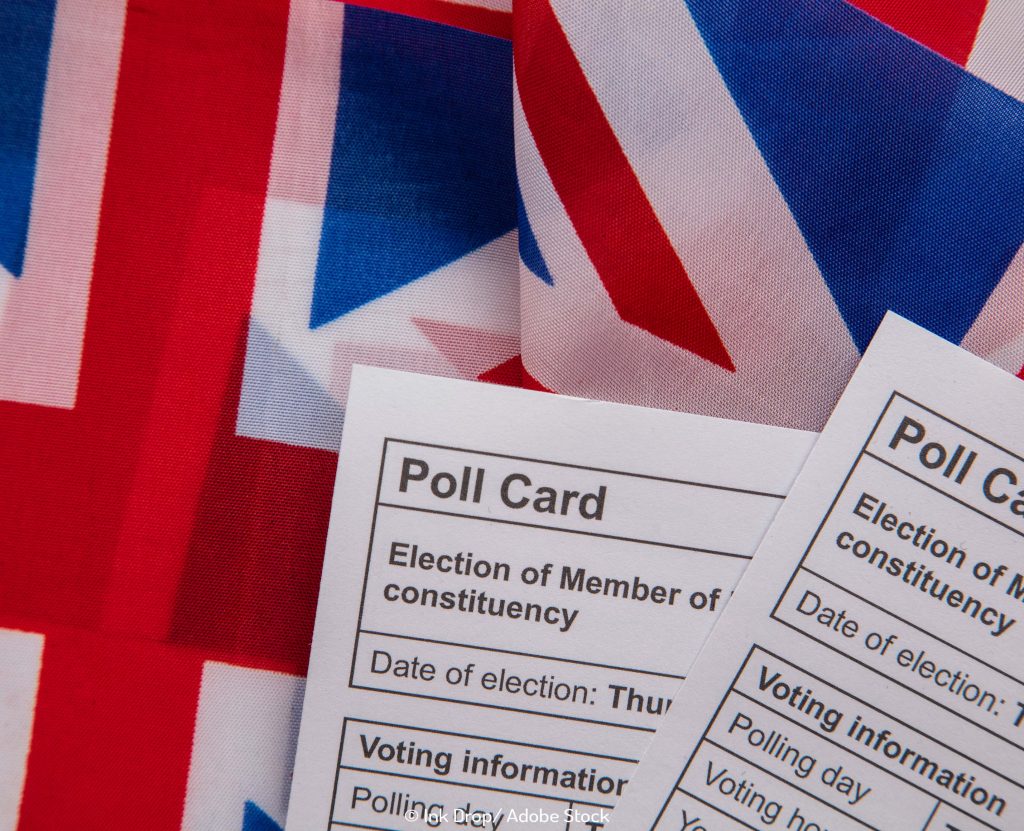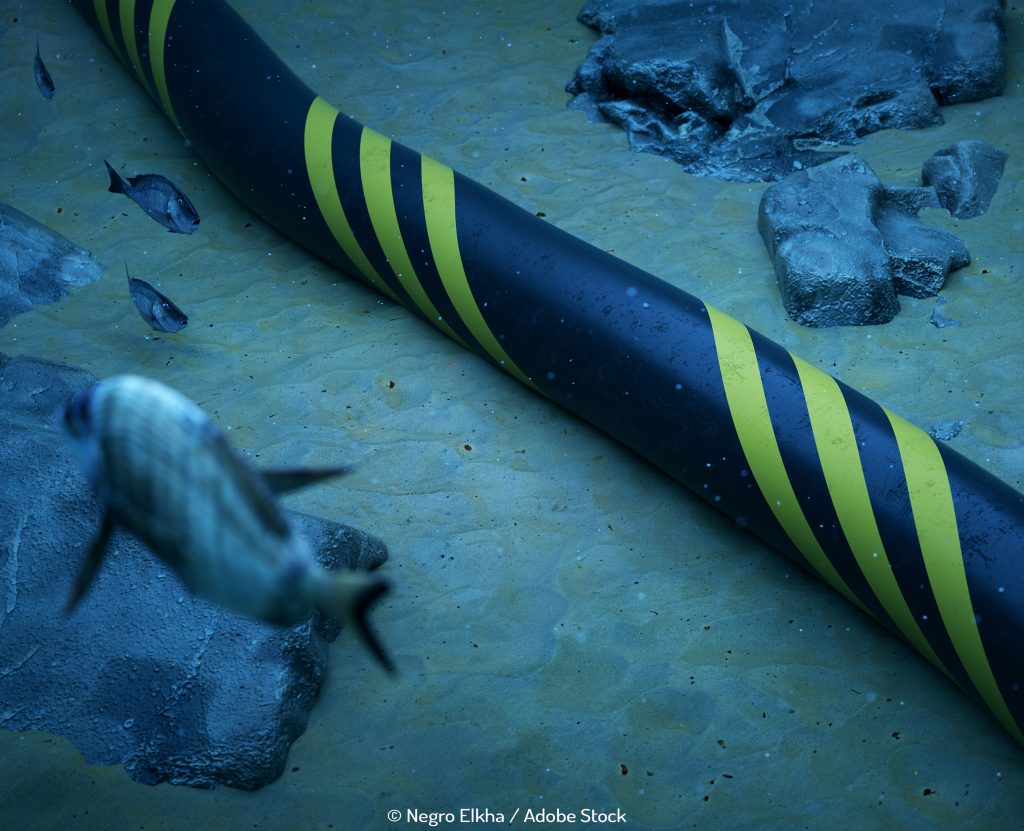All eyes on Iran: $185bn oil & gas project target set
The end of the year looks set to be a busy time for Iran and those keen to establish new business links with its oil industry. The country’s oil minister Bijan Namdar Zanganeh circled the end of November for a lifting of international sanctions, declared that within a week of that, oil production will increase by 500,000bpd and then announced that it will be auctioning off 45 gas and oil projects at a conference in London in December.
It hopes it will bring in as much as $185bn by 2020, according to Reuters, and boost crude production to 5.7m bpd. In July according to Bloomberg, its output was 2.85m bpd.
Part of that will be made up of the $2.2bn Changuleh oil field which Iran shares with Iraq. It expects this will initially produce 15,000bpd before increasing to 50,000 bpd. It’s the first of the projects to be developed under a revised Iran Petroleum Contract. This has been developed in anticipation of the wake of foreign investment.
The man behind that is Mehdi Hosseni, chair of the Iranian oil contracts restructuring committee. He told reporters, “We will define projects in the oil and gas sector as much as feasible and necessary since we believe this sector will bring wealth and economic development. As far as this conference is concerned we have identified around 45 projects which include exploratory blocs at varying development costs.”
Deloitte is playing it down, suggesting the return of Iran to international markets could reshape the global market but foreign investment would only return after five years.
A proactive approach to circumvent that initial caution was the development of the new model. The NIOC says it’s been specifically designed to increase the attractiveness of Iranian products to foreign investors. It was finalised after discussions with “almost all medium and major oil companies” and will offer investors payback in the form of cash or oil allocation but not ownership of the reserves.
The IPC has different stages of exploration, development and production to contractors in an integrated package. It has also set up the possibility of running joint ventures with contractors to extract reserves at the field.
Another contributory factor to the country’s appeal is the production costs which range between $8 – $10 per barrel; leading Hosseni to state matter-of-factly, “..so our projects will be attractive to investors.” He also was confident that oil prices would increase again, with a suggestion that a return to $100 per barrel is in the industry’s long-term future.
Iran’s reserves are estimated to be the fourth largest in the world. BP says it has enough underground to keep China moving for 40 years.
The end of last year saw all eyes on OPEC’s Vienna conference. Now they’ll be on Iran’s auction. What will their colleagues do? We say buckle in – it’s going to be one hell of a ride!


